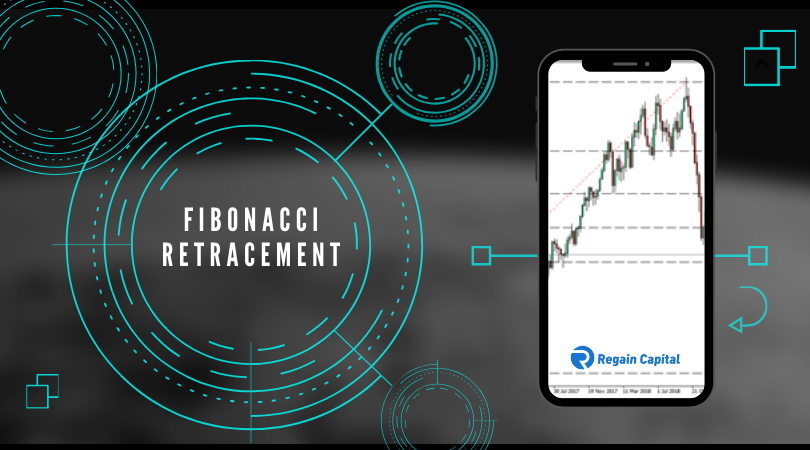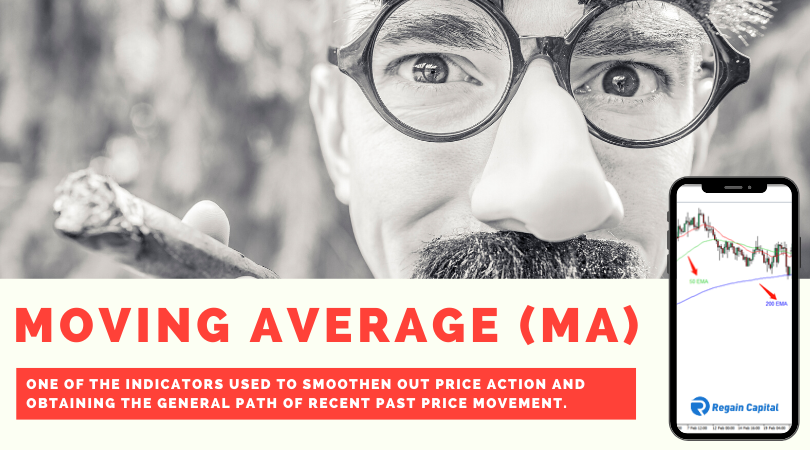
Advanced Level – Ichimoku Kinko Hyo
Ichimoku Kinko Hyo (Ichimoku)
A) Introduction
▸ An indicator that measures or
determine 3 main things:
1) Future momentum of an
instrument’s price
2) Support &
Resistance Levels
▸ The indicator is mainly
designed for Yen (JPY) pairs. Thus this
means that it proves to be more effective on JPY pairs.
▸ In translation, Ichimoku
means ‘one glance’ , kinko means ‘equilibrium’
, while hyo means ‘chart’.
B) 5 Key Elements of Ichimoku
1) Kijun-Sen (Blue Line)
▸ Acts as an indicator of future price
movement.
▸ If the price action is above the
blue line, it has potential to climb
higher
▸ If the price action is below the
blue line, it has potential to fall
lower
▸ It is calculated by adding the highest high & lowest low for the past 26 periods and then divided by
2
(Highest
high + Lowest low)/2 for the past 26 periods
![]()
2) Tenkan-sen (Red Line)
▸ Acts as an indicator of the market trend
▸ If the red line is moving up or
down, it indicates that the market is
trending
▸ If the red line is moving
horizontally, it indicates that the
market is ranging (uncertain)
▸ It is calculated by adding the
highest high & lowest low for the
past 9 periods and then divided by 2.
(Highest high + Lowest low)/2 for
the past 9 periods
![]()
3) Senkou Span A (Cloud)
▸ Represents one of the two edges of
the cloud.
▸ Calculated by adding the tenkan-sen
& kijun-sen, dividing it by 2 and
plotted 26 periods ahead.
(Tenkan-sen + Kijun-sen)/2 plotted
26 periods ahead
![]()
4) Senkou Span B (Cloud)
▸ Represents the other edge of the cloud.
▸ Calculated by adding the
highest high & lowest low for the past 52 periods, dividing it by 2 and
plotted 26 periods ahead.
(Highest high + Lowest low)/2
for the past 52 periods and plotted 26 periods ahead
▸ Having both the Senkou Span A &
B line, we can obtain the key resistance
and support level for future price movement.
▸ If the price is above the Senkou
span, the top line represents the 1st support level while the bottom line represents
the 2nd support level.
▸ If the price is below the Senkou
span, the bottom line represents
the 1st resistance level while the top line represents the 2nd resistance level.
▸ If the price is in the middle of the
cloud, it suggests to wait for a
breakout before entering the market.
![]()
5) Chikou Span (Green Line)
▸ Acts as an signal indicator.
▸ If the line cross the price from the bottom-up direction, it is a buy signal.
▸ If the line cross the price from the top-down direction, it is a sell
signal.
▸ Calculated using today’s closing
price plotted 26 periods back on
the chart
C) Overview

D) Application Of Ichimoku
(Signal)
1) Buy Signal
▸ When price action breaks from the
bottom-up of both the Senkou span
(Cloud)
▸ When Tenkan-sen (red) crosses above
the Kijun-sen (blue) from the bottom-up
▸ When Chikou span (green) crosses
above the price from the bottom-up

2) Sell Signal
▸ When price action breaks from the
top-down of both the Senkou span
(Cloud)
▸ When Tenkan-sen (red) crosses below
the Kijun-sen (blue) from the top-down
▸ When Chikou span (green) crosses
below the price from the top-down


Follow Regain capital
latest articles
-
- Jun 11,2020

-
- Jun 11,2020

-
- Feb 27,2020

-
- Feb 27,2020
































